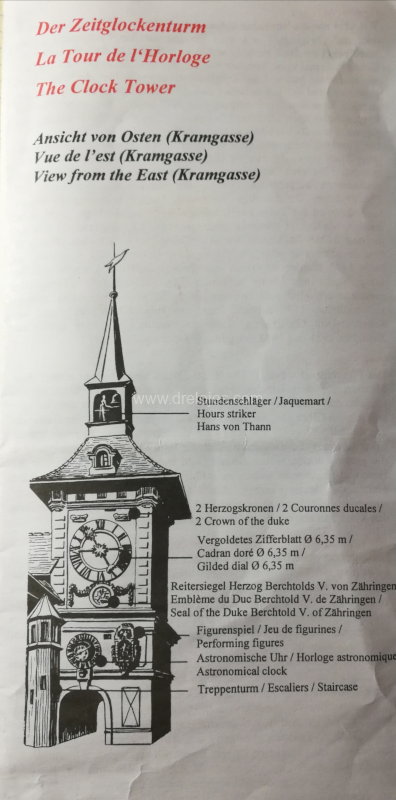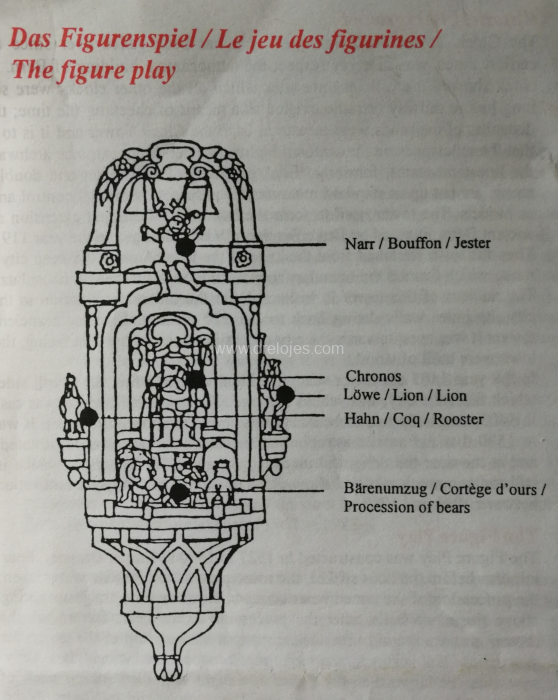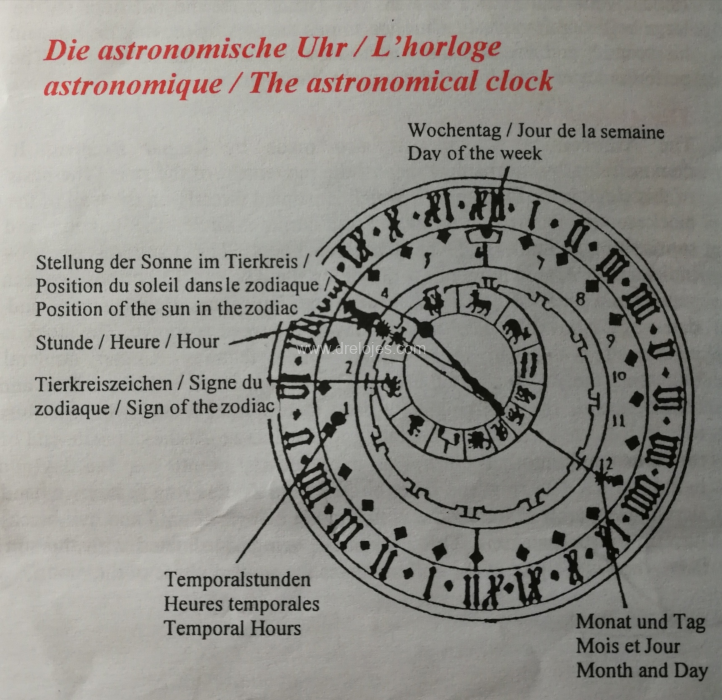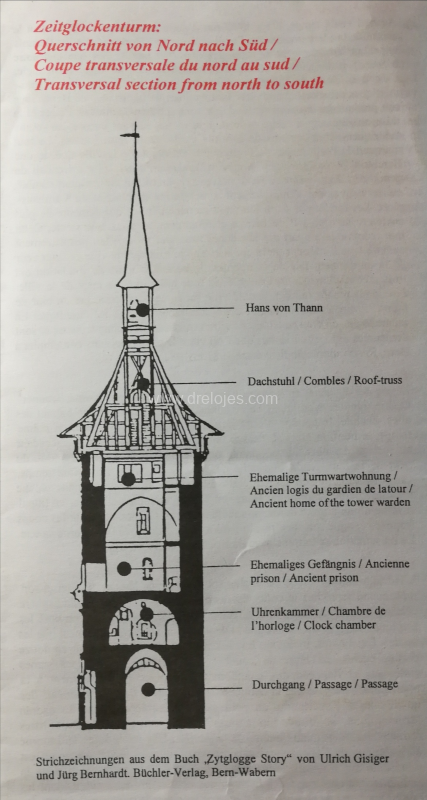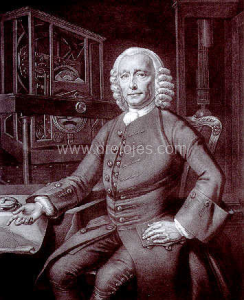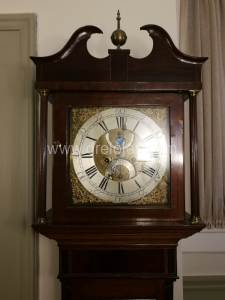Source: Bern Tourist Office.
web: www.bernetourism.ch
Historical background
The Clock Tower or “Zytglogge” as it has been called ever since the earliest times, was in every respect the authoritative building of Bern. Its clock showed the official time after which all the other clocks were set, long before railway or radio existed as a means of checking the time; the distances of the roads were measured from the Clock Tower and it is to it that the milestones on the cantonal highways refer. In its entrance archway the linear measures, formerly “Elle”” or “Klafter” now meter and double meter, are put up as standard measures for purposes of official control and as models.
The tower used to form the boundary of the first extension of ancient Bern, founded by Duke Berchtold V of Zähringen in the year 1191. Then the town stretched from the knee of the River Aare to the deep city moat, which formed the boundary towards the west, on the Kornhausplatz. The nucleus of this tower is without doubt the oldest construction in the city, its inner walls dating back to the 12th century. LIke most ancient towers it was open towards the city and its interior and the sisde facing, the town were built of wood.
In the year 1405 the tower was gutted and after this fire, the fourth side, which faces the city, was rebuilt in stone. The tower bell, which was cast in 1405, originally had to be to announce the hours. It was in 1530 that the astistic astronomical or calendar clock was constructed; and at the time the delightful mechanical figure-play was made. Complete renovation between 1981 and 1983.
The figure play
The Figure PLay was constructed in 1527 to 1530 by Kaspar Brunner. Four minutes before the hour strikes, the rooster crows and lifts its wings; then, the procession of the armed bears starts; at the same time, the jester sitting above rings two bells; after the procession of the bears has ended, the rooster crows a second time, whereupon, at the very top of the tower, the quarterhour bell is struck, at which time Chronos turns his sandglass. Only now does the larger than life figure of a night in golden armour made of linden wood and known as Hans von Thann strike the full hour on the large bell; simultaneously, Chronos counts the ours by moving his lips and his sceptre, and the lion turns its head with each strike of the bell. The performance ends with a third crow of the rooster.
The astronomical clock (an “astrolabe”)
The astronomical clock was also made by kaspar Brunner. It demonstrates, by mechanical means, the movement of the stars.
The basis of this clock is the Planisphere, which is painted directly on the wall of the clock tower. Painted in gold are the turning circle, the horizon and sunrise/sunset lines, and temporal hours. The temporal hours – indicates by Arabic numerals – divide up the day into 12 periods between sunrise and sunset.
Rotating in front of the Planisphere are the Zodiac and date rings. Above the date ring, the day of the week is shown. The clock is positioned within an outer circle, which features Roman numeral indicating the 24 hours of the day. The hour hand is gold in colour and rotates outside the date ring. The hand incorporates a sun, which is thus able to indicate its position in relating to the Zodiac. At the opposite end of the hour hand, another sun has extended ray pointing to the day and month on the date ring. The inner circle of the Zodiac ring features a hand showing the orbit of the moon, with a moon ball (Half gold and half black) turning on its own axis. This movement being coordinated with the sun hand, the visible part of the ball indicates the current phase of the moon.
